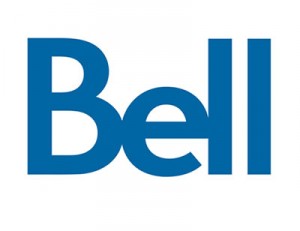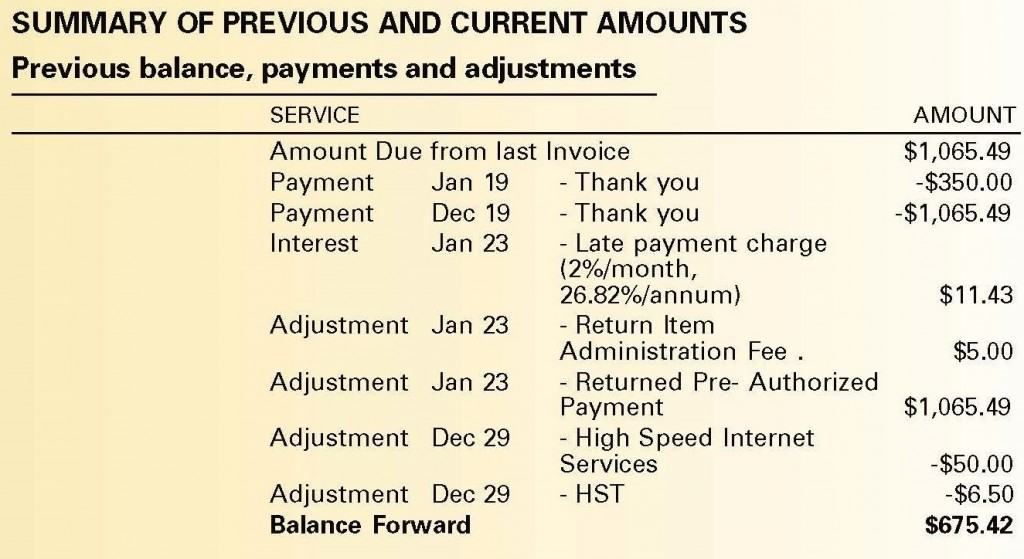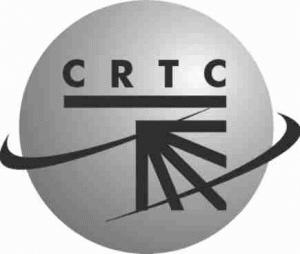 Share and share alike is a concept unfamiliar to Rogers Communications, at least in the eyes of the independent Internet Service Providers who have wholesale bandwidth agreements with eastern Canada’s largest cable operator that are supposed to guarantee speed parity.
Share and share alike is a concept unfamiliar to Rogers Communications, at least in the eyes of the independent Internet Service Providers who have wholesale bandwidth agreements with eastern Canada’s largest cable operator that are supposed to guarantee speed parity.
The Canadian Network Operators Consortium (CNOC) last week announced it filed a complaint with the Canadian Radio-television and Telecommunications Commission (CRTC) accusing Rogers of withholding speed increases from independent ISPs.
In 2006, the CRTC made it clear that cable companies must treat its wholesale customers fairly:
The Commission determines that should a cable carrier introduce a speed upgrade to one of its retail internet service offerings with no corresponding price change, it is to issue at the same time, revised [third-party ISP access] tariff pages that match these retail service speed changes with no corresponding price change.
 According to CNOC, Rogers wants independent ISPs to pay higher prices for the faster speeds it is providing its own customers for no additional charge.
According to CNOC, Rogers wants independent ISPs to pay higher prices for the faster speeds it is providing its own customers for no additional charge.
That leaves providers like TekSavvy at a competitive disadvantage, according to the provider.
Peter Nowak explains Rogers is attempting to hurry independent ISPs to move to “aggregated points of interconnection,” part of the foundation of the CRTC’s earlier decision on usage-based billing. Independent ISPs were given two years to complete the transition and Rogers wants that change to move at faster pace:
Rogers wants indie ISPs to move onto the aggregated method, something it says the CRTC essentially ordered at the conclusion of the big usage-based billing fiasco a year ago. Here’s what a spokesperson told me:
We are not denying TPIAs access to our new speeds provided they have moved to a single point of connection, called an aggregated point of interconnection (POI). As part of the usage based billing rulings in November of last year, TPIAs were given two years to move from a disaggregated POI to an aggregated POI. The sooner this happens, the sooner we can provide those speeds to these third party ISPs. Rogers will continue to provide access at existing speeds on the old network architecture until November 15, 2013.
The dispute, as usual, boils down to whether or not Rogers’ move can be considered anti-competitive. The small ISPs argue that it is, since Rogers’ own retail customers are getting the benefit of higher speeds without higher prices, yet the indie companies – and their own subscribers by extension – are being expected to pay more.
If it’s uneconomical for the indies to sell the faster speeds, they won’t, in which case the big network owners like Rogers will hold a distinct advantage since internet access is sold largely on speeds. Since they’ll simply perish if they can’t keep pace, the indie ISPs will ultimately have no choice but to accept the higher prices being pushed on them – and that effectively neutralizes the entire point of their existence, which is to provide a competitive check to the big guys.
CNOC has asked the CRTC to make an expedited ruling on the controversy as soon as possible to mitigate competitive damage.


 Subscribe
Subscribe











